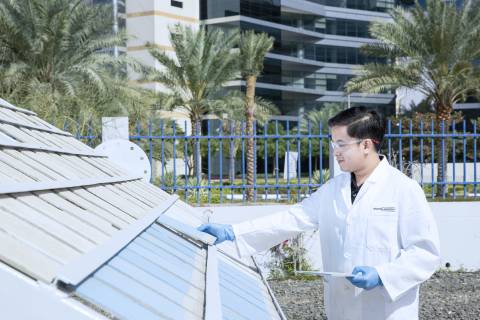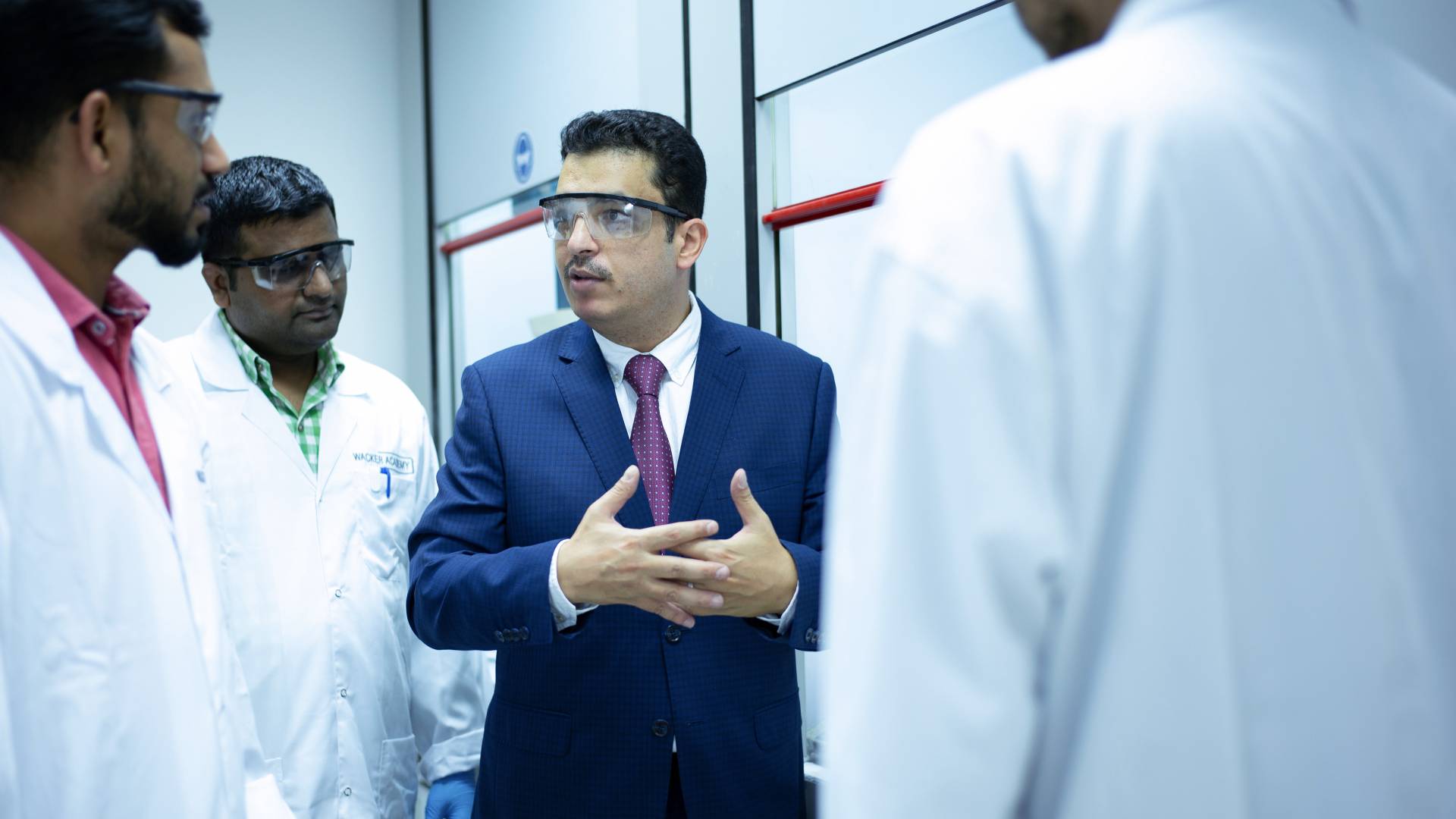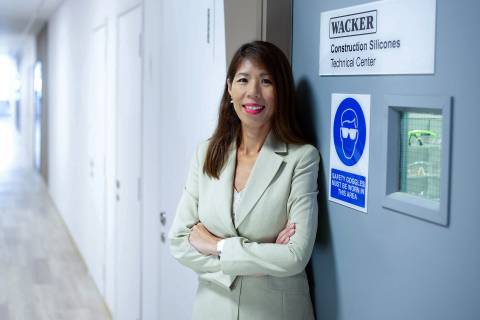But the emirate contains more than picturesque architecture, explains Mohammed Sanaobar, WACKER’s Middle East and Africa Regional Technical Director and Head of the local WACKER ACADEMY. “There are a tremendous range of residential choices. While there are the grand high-rise apartments overlooking the bay, there are also townhouses with multiple floors, private garages and yards that appeal to families,” says Sanaobar, a native of Dubai.
In 2019, contracts valued at some 140 billion US dollars were awarded in the United Arab Emirates’ construction, infrastructure and energy sectors, making construction one of the region’s key industries together with oil and trade. After years of stagnation, this industry is once again on track for growth: experts estimate that the construction sector will grow five and a half percent a year until 2024. This applies to Dubai as well. The emirate is hosting Expo 2020 and has long-term plans to build apartments for 30,000 people on the exhibition site.
“Our focus is not only on the product but on the application, using the best international standards and sustainable building practices for Dubai’s hot, humid landscape.”
– Mohammed Sanaobar
Whether townhouse or apartment, what Dubai’s buildings must withstand is the weather.
It’s the heat and humidity of its 40 °C-plus summers that builders first have in mind in this metropolitan area. “We have to build homes that can sustainably keep residents comfortable,” says Sanaobar, whose responsibilities include Africa’s fast growing construction sector. “But the main challenges for construction here are the enforcement of standards and lack of know-how. So our focus is on the application, using the best building practices for the hot, humid landscape.”
Sanaobar sees science and business as partners in construction. In order to save resources, for example, Sanaobar and his WACKER ACADEMY training colleagues encourage customers, whenever possible, to lower the amount of cement in dry-mix mortars and to add dispersible polymer powders. This significantly enhances the properties of the mortar as well.

It is particularly important to control the temperature inside buildings. This isn’t a surprise, given the temperatures usually encountered in Dubai. The cool air needs to circulate inside buildings, whereas the heat must stay outside. “As one example, we can accomplish this by using the right quality of exterior insulation and finish systems, layers of glass fiber mesh and hydrophobic mortar,” says Sanaobar. “A quality wall from corner to corner reduces the need for mechanical cooling.”
For Sanaobar, WACKER ACADEMY is leading the emirate in implementing the best international practices for the local environment. “We are building not just homes – we are building the system of standards that will allow Dubai residences to be a symbol of the highest sustainable quality.”
Mohammed Sanaobar
Holding a degree in chemical engineering and an MBA, Mohammed Sanaobar joined WACKER in 2006. He is Technical Director for the Middle East and Africa and Head of the company’s local WACKER ACADEMY branch.




